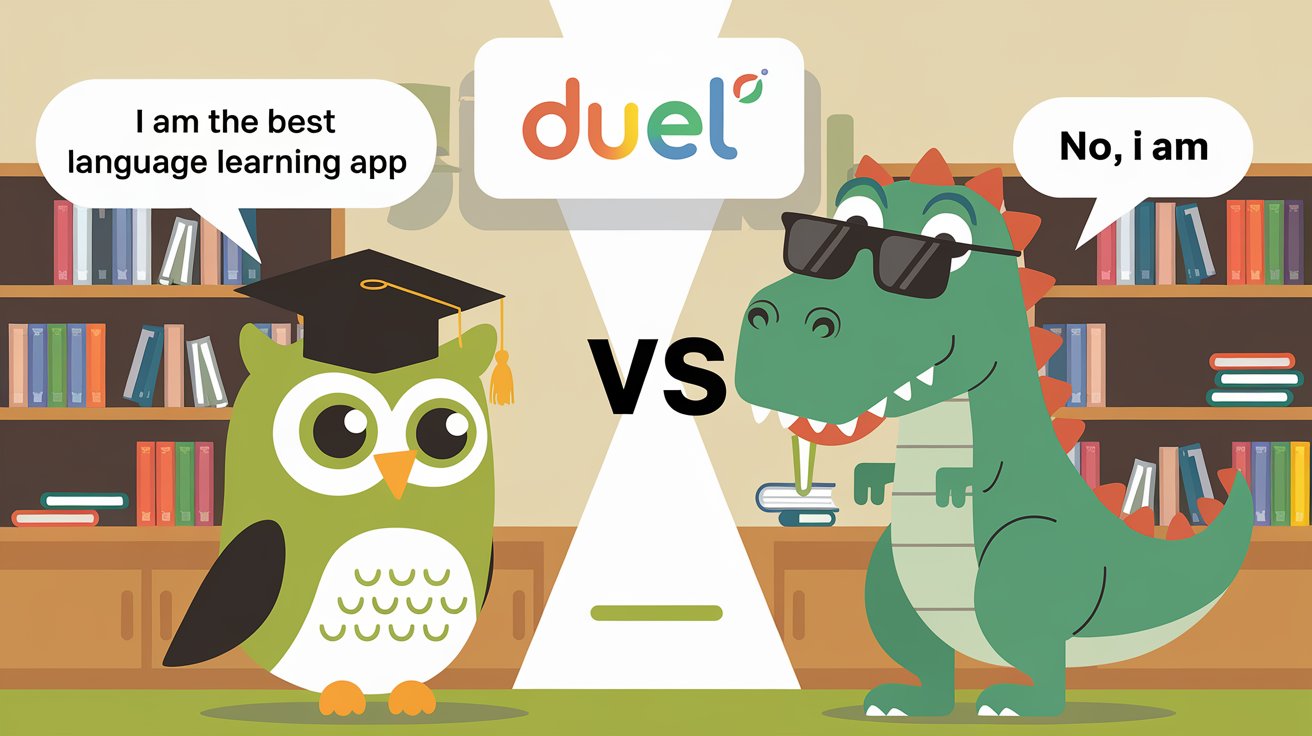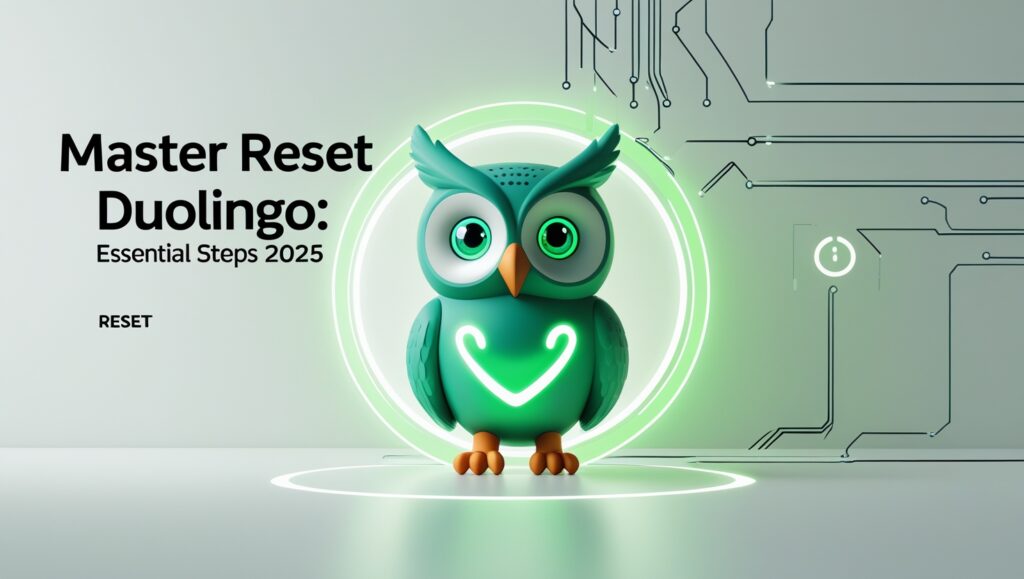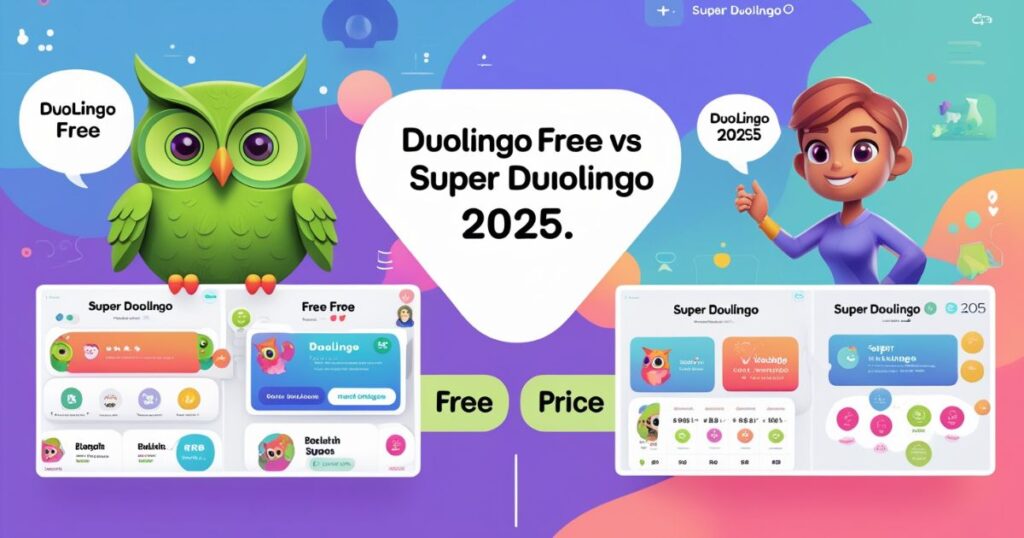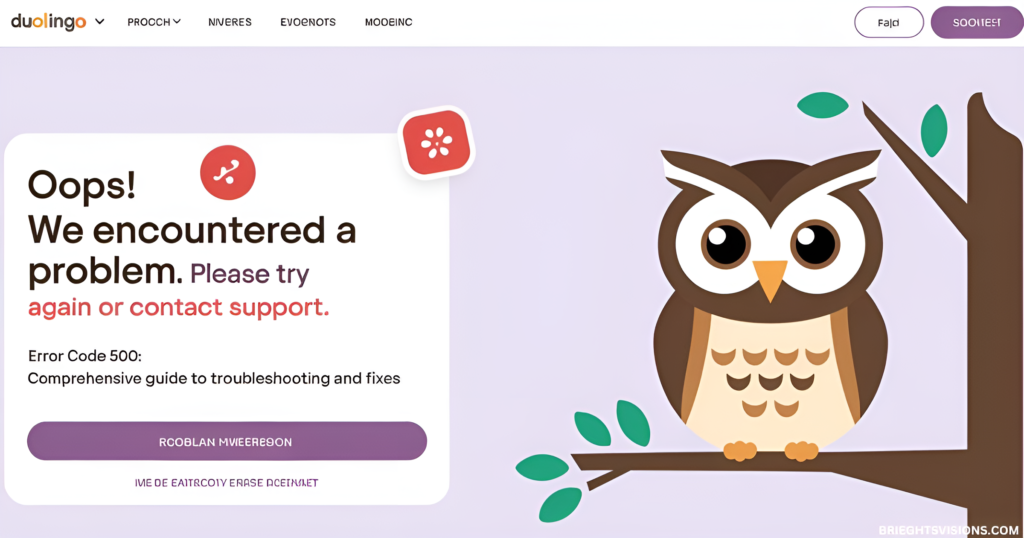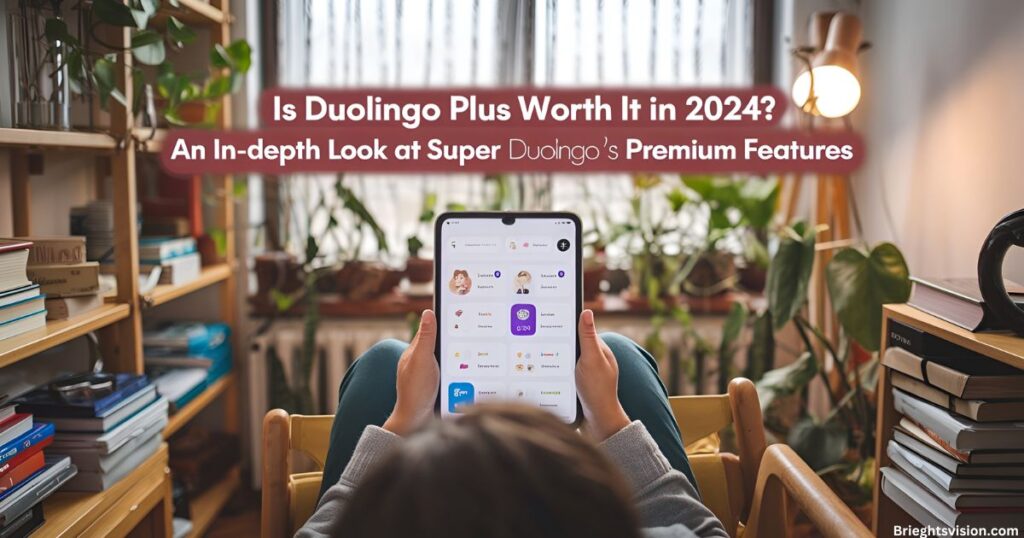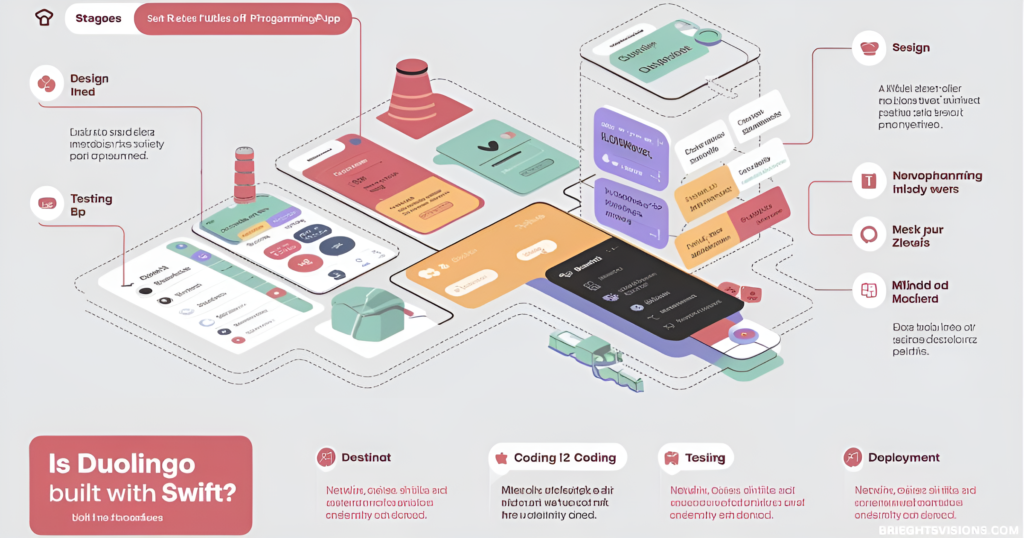In today’s digital age, choosing the right language learning app can feel overwhelming. The battle of Duolingo vs Dinolingo represents two distinct approaches to mastering new languages. While both platforms aim to make language education accessible, they target different audiences and employ unique teaching methods.
Whether you’re exploring options for your child’s early language development or seeking your own linguistic adventure, understanding the key differences between these platforms is crucial. Let’s dive deep into what makes each platform unique and help you make an informed choice.
Understanding the Core Differences
The most striking difference between these platforms lies in their target audience. Dinolingo specializes in teaching children aged 2-14, creating an environment filled with playful interactions and age-appropriate content. Their approach mirrors how young minds naturally absorb information through engaging animations and colorful characters. Meanwhile, Duolingo targets teens and adults with a more structured approach that resonates with mature learners seeking systematic progression.
When it comes to available languages, both platforms impress with their extensive offerings. Dinolingo boasts 50 languages, including many lesser-known options perfect for families interested in heritage languages. Duolingo features 40 languages, including unique choices like Klingon, focusing on popular languages with deep, comprehensive content.
Inside the Dinolingo Experience
Dinolingo’s kid-focused learning environment shines through its thoughtful design choices. Every aspect of the platform considers children’s attention spans and learning patterns, from the intuitive interface to the engaging lesson structure. The platform employs bright colors, friendly mascots, and simple navigation that even the youngest users can master.
The curriculum and lesson structure follow a carefully crafted path designed for young minds. Each lesson builds naturally upon previous knowledge through interactive games, stories, and sing-along songs. This multi-sensory approach helps children retain information while staying engaged throughout their learning journey.
Exploring Duolingo’s Approach

Duolingo’s success largely stems from its masterful implementation of gamification elements. The platform transforms language learning into an addictive game complete with streak counters, achievements, and competitive leaderboards. This approach has proven highly effective in maintaining user engagement and creating consistent learning habits.
The platform’s course variety and depth follows a tree-like progression where lessons build upon each other logically. Each unit focuses on specific themes or grammar concepts, with regular review sessions reinforcing learning. The addition of community features and leaderboards adds another dimension, allowing users to compete with friends and join clubs for extra motivation.
Revolutionary Gamification Strategy
Duolingo’s mastery of gamification elements transforms traditional language learning into an engaging adventure. The platform’s streak system, achievements, and leaderboards create healthy competition and motivation. This innovative approach makes learning retention feel less like studying and more like playing, driving consistent practice habits through psychological rewards and social competition.
Structured Learning Progression
The platform’s curriculum structure follows a scientifically-backed learning path that builds upon foundational concepts. Through adaptive learning technology, each lesson intelligently adjusts to user performance, while the spaced repetition system ensures optimal review timing.
The integration of community features and peer competition adds social motivation, making the learning journey both structured and entertaining. Each unit seamlessly blends vocabulary, grammar, and cultural elements, creating a comprehensive learning experience.
Effectiveness and Learning Outcomes
Both platforms show impressive results in learning effectiveness, though their approaches differ significantly. Dinolingo excels at keeping young learners engaged through repeated exposure to language in various contexts. Studies show children using the platform develop natural pronunciation and better cultural understanding.
Memory retention varies between platforms based on their teaching methods. Duolingo’s spaced repetition system automatically adjusts review schedules based on user performance, while Dinolingo relies more on contextual learning through stories and songs. Both methods prove effective for their respective target audiences.
Technical Features and Accessibility
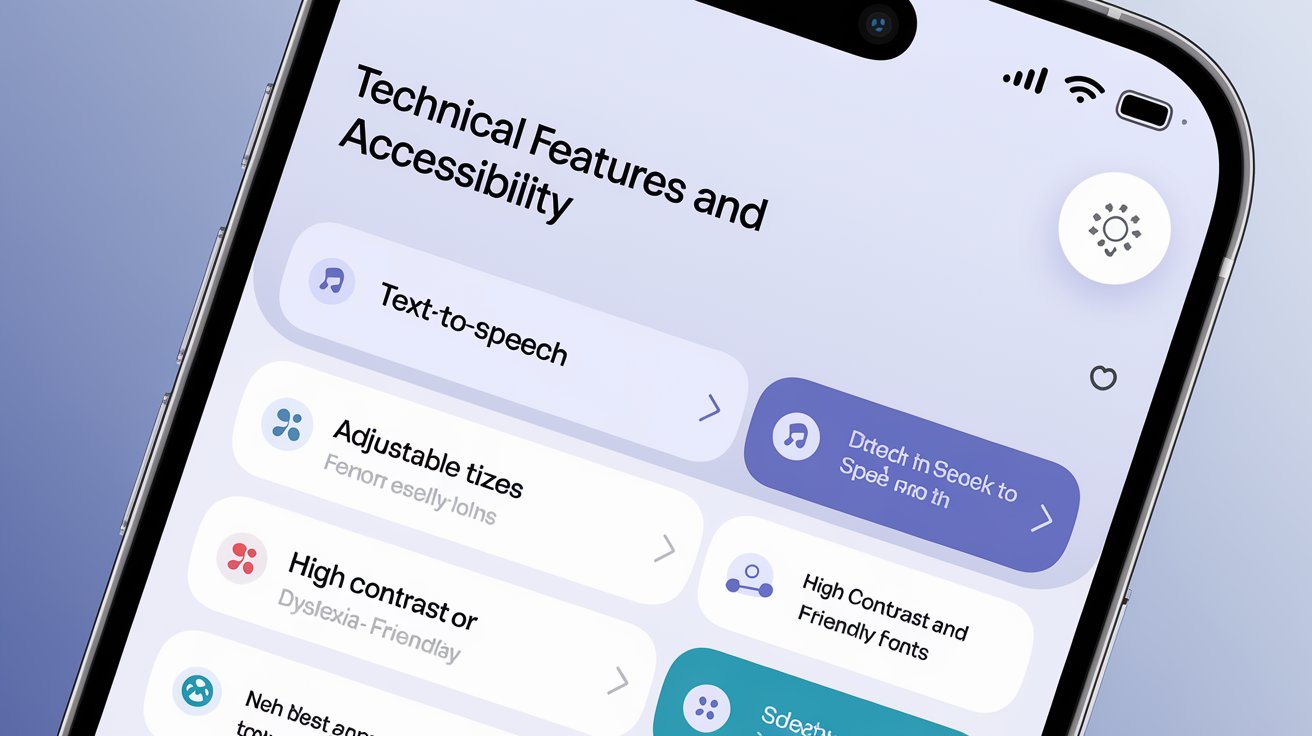
The mobile app functionality of both platforms reflects modern learning needs. Dinolingo’s mobile interface features larger buttons and simplified navigation, perfect for small hands. Their app maintains smooth performance even with heavy animation use, ensuring children stay focused on learning rather than dealing with technical issues.
Duolingo’s platform accessibility feels sleek and responsive, making it easy to fit quick lessons into busy schedules. The app syncs seamlessly across devices, allowing users to switch between desktop platform and mobile without losing progress. Their offline learning options, though reserved for premium users, enable learning anywhere, anytime.
Pricing and Value Analysis
The subscription plans between these platforms differ significantly. Dinolingo operates on a premium-only model at $19 monthly or $199 annually, including access for up to six users. This family-friendly pricing makes it particularly attractive for households wanting to learn together.
In the Duolingo vs Dinolingo pricing comparison, Duolingo takes a freemium approach. The platform offers core features at no cost while reserving premium features for Super Duolingo subscribers ($7.99 monthly or $47.99 annually). The free version includes ads and a hearts system, while the premium tier removes these restrictions.
More Post: The Complete Guide to Redeeming Discord Nitro Duolingo Codes in 2024
More Post: The Definitive Guide: How Long Will It Take You to Learn French on Duolingo?
Real User Experiences
User reviews and testimonials provide valuable insights into both platforms’ effectiveness. Dinolingo users frequently praise its ability to keep young children engaged, with many parents reporting their kids asking to practice languages daily. The cultural insights and family activities receive particular appreciation.
Duolingo’s success stories often highlight the platform’s ability to maintain long-term engagement through its gamification elements. Users appreciate the bite-sized lessons and competitive aspects, though some note limitations in developing advanced speaking skills.
Supplementary Learning Tools
Both platforms offer valuable additional resources. Dinolingo provides printable worksheets, flashcards, and cultural information sheets that extend learning beyond screen time. These materials help reinforce vocabulary building and encourage family involvement in the learning process.
Duolingo’s ecosystem includes features like Stories for reading comprehension and podcasts for advanced listening practice. The Duolingo English Test, now accepted by many institutions, provides a practical goal for English learners. These additions create a more comprehensive learning environment.
Making an Informed Choice
When comparing Duolingo vs Dinolingo, consider these key factors:
- Age of the learner
- Learning style preferences
- Budget constraints
- Specific language goals
- Time commitment
- Need for family access
Some families find success using both platforms – Dinolingo for younger children and Duolingo for older family members. This creates a comprehensive language learning environment where everyone progresses at their own pace.
Platform Features Comparison
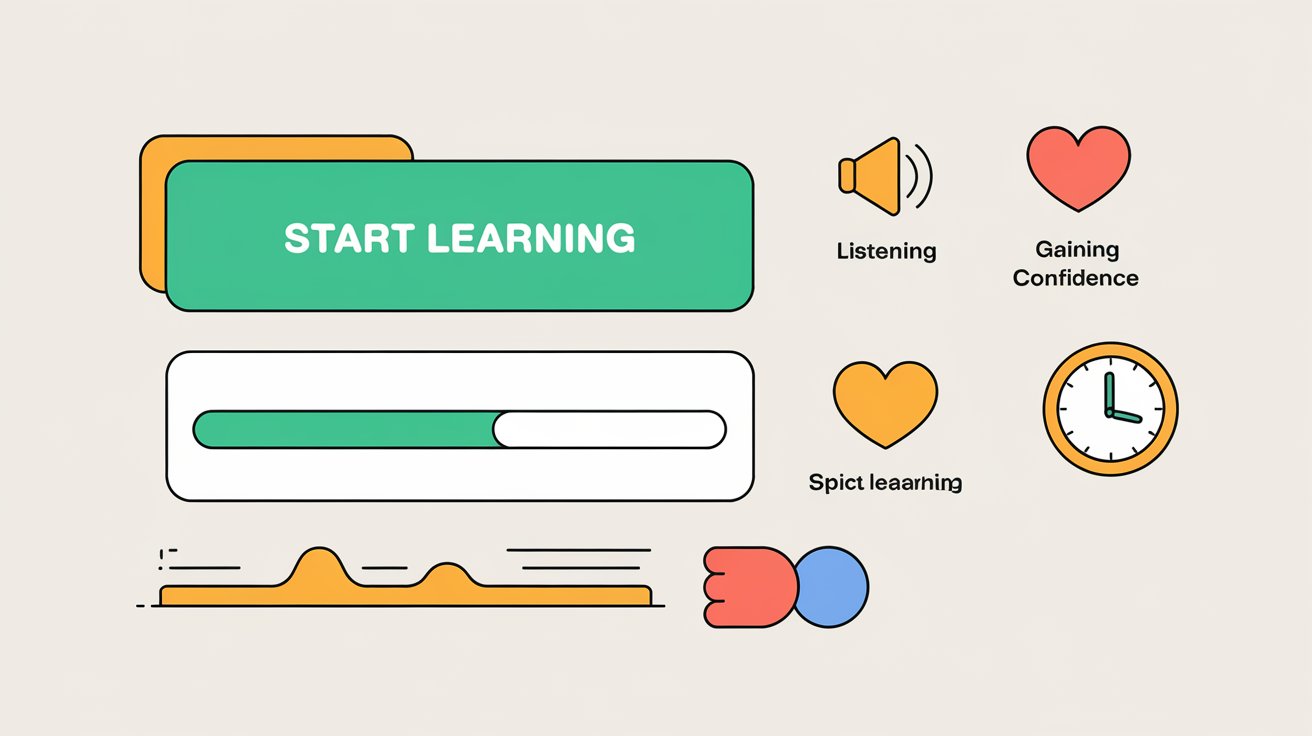
Let’s break down the key features of both platforms in this detailed comparison table:
| Feature | Dinolingo | Duolingo |
| Target Age | 2-14 years | 13+ years |
| Languages | 50 languages | 40 languages |
| Monthly Price | $19 | $7.99 |
| Annual Price | $199 | $47.99 |
| Free Trial | 7 days | Always free (basic) |
| Multiple Users | Up to 6 | Single user |
| Offline Access | Yes | Premium only |
| Progress Reports | Detailed for parents | Basic statistics |
| Cultural Content | Extensive | Limited |
| Speaking Practice | Basic | Advanced |
| Grammar Focus | Limited | Comprehensive |
| Mobile Support | iOS/Android | iOS/Android/Web |
Advanced Learning Features and Tools
Both platforms continue to innovate with advanced features that enhance the language learning experience. Let’s explore some unique aspects that set them apart:
Interactive Speaking Practice
While both platforms offer speaking components, their approaches differ significantly. Dinolingo focuses on basic pronunciation through repeat-after-me exercises suitable for young learners. The platform uses child-friendly voice recognition technology that’s more forgiving of pronunciation variations.
Duolingo’s speaking exercises are more sophisticated, using advanced speech recognition to evaluate pronunciation accuracy. The platform recently introduced AI-powered conversation practice, allowing users to engage in simulated dialogues with virtual characters.
Adaptive Learning Technology
Both platforms employ artificial intelligence to customize the learning experience. Dinolingo’s adaptive system adjusts content difficulty based on age and performance, ensuring children remain challenged but not overwhelmed. The platform tracks common mistakes and automatically generates additional practice activities in those areas.
Duolingo’s adaptive algorithm is more complex, analyzing user performance across multiple parameters to create personalized review sessions. The platform’s spaced repetition system determines optimal intervals for reviewing previously learned material, maximizing long-term retention.
Cultural Integration and Context
Understanding cultural context is crucial for effective language education. Dinolingo incorporates cultural elements through animated stories, traditional songs, and dedicated cultural lessons. These features help young learners understand the connection between language and culture.
Duolingo approaches cultural learning through its Stories feature and cultural tips integrated into lessons. While less explicit than Dinolingo’s approach, it provides valuable context for older learners who can better appreciate cultural nuances.
Tips for Maximizing Learning Success

To get the most out of either platform, consider these proven strategies:
- Consistent Practice: Set aside regular time for language learning, even if it’s just 15 minutes daily.
- Goal Setting: Use the platforms’ built-in goal-setting features to track progress and maintain motivation.
- Supplementary Resources: Combine app learning with other resources like books, movies, or native speaker conversations.
- Family Involvement: For Dinolingo users, engage parents and siblings in the learning process through family activities.
- Progress Monitoring: Regularly review progress reports and adjust learning strategies as needed.
Making the Most of Your Investment
Whether you choose Dinolingo vs Duolingo, maximizing your return on investment requires strategic planning. For Dinolingo users, take advantage of the multi-user accounts by involving the whole family in language learning. Create a schedule for using printable materials and organize family language practice sessions.
Duolingo users should consider whether the premium features justify the cost based on their learning style and goals. The free version provides excellent value for casual learners, while serious language students might benefit from Super Duolingo’s additional features.
The Future of Language Learning
As technology continues to evolve, both platforms are positioning themselves at the forefront of innovation in language education. Dinolingo is exploring augmented reality features to create more immersive learning experiences for children. Meanwhile, Duolingo is developing advanced AI-powered conversation practice and expanding its certificate program.
The competition between these platforms drives continuous improvement, benefiting learners of all ages. As we look to the future of language learning apps, we can expect to see even more innovative features and teaching methods emerge from both companies.
This comprehensive comparison of Duolingo vs Dinolingo demonstrates that both platforms offer unique advantages for their target audiences. Your choice should ultimately depend on your specific needs, learning style, and language goals. Remember that successful language learning often combines multiple approaches and resources, so don’t be afraid to experiment with different tools and methods to find what works best for you.
Frequently Asked Question
Which is better Duolingo or Dinolingo?
Duolingo suits teens/adults while Dinolingo excels for kids 2-14. Choose based on the learner’s age and learning style preferences.
Q2: What is the #1 best language learning app?
Duolingo leads the market with 500+ million users worldwide, offering effective gamified learning in 40+ languages.
Are there language apps better than Duolingo?
Babbel, Rosetta Stone, and Busuu offer more structured learning with advanced features, though Duolingo remains most popular.
What is the disadvantage of Duolingo?
Limited advanced conversation practice and strict heart system in the free version can restrict natural learning progression.
How long does it take to become fluent using Duolingo?
Daily practice for 6-12 months can achieve intermediate level, but full fluency requires additional immersion practice.
Is Duolingo Plus worth the money in 2024?
Super Duolingo’s offline access and unlimited hearts justify $7.99 monthly for serious learners needing flexibility.
Can kids really learn languages through apps?
Yes, children learn effectively through interactive apps like Dinolingo, especially when combined with parent involvement.
Which language is easiest to learn on Duolingo?
Spanish and French are considered easiest for English speakers, with clear progression and extensive practice materials.
How much does Dinolingo cost per month?
Dinolingo costs $19 monthly or $199 annually for up to six users, making it cost-effective for families.
Can I learn multiple languages simultaneously on these apps?
Yes, both platforms allow learning multiple languages, but focusing on one initially produces better results.
Conclusion
In the Duolingo vs Dinolingo comparison, both platforms excel in their distinct niches within the language learning landscape. Dinolingo creates an immersive environment tailored for children aged 2-14, focusing on interactive learning through colorful animations and age-appropriate content. Meanwhile, Duolingo’s gamification approach and comprehensive structure make it ideal for teens and adults seeking systematic language progression.
The choice between these language education platforms ultimately depends on your specific needs. Dinolingo’s family-friendly pricing and multi-user access make it perfect for households, while Duolingo’s freemium model offers flexibility for individual learners. Both platforms demonstrate strong user engagement and effective learning outcomes through their unique teaching methods.
Remember, successful language acquisition often combines multiple resources – don’t hesitate to explore both platforms to create your ideal learning journey.
Visit For More Blog’s: brieghtsvision.com

Welcome to Brieghtsvision.Com!
Your one-stop place for tips and guides to get the most out of Duolingo. Make learning a new language easier with helpful content for learners of all levels.
